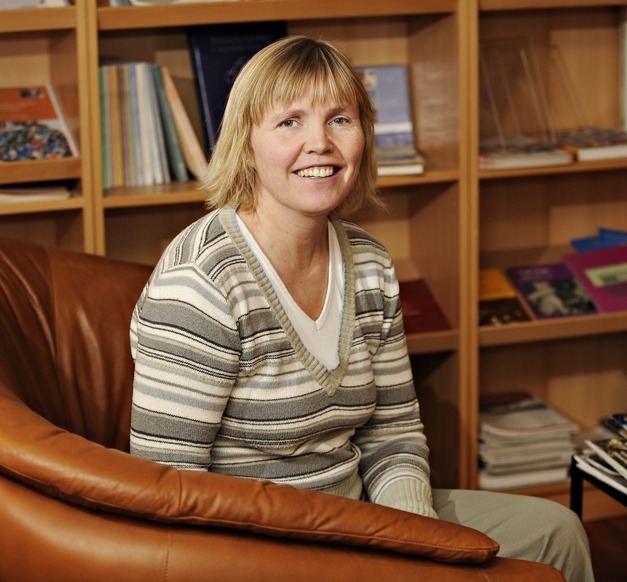Vanda Sigurgeirsdóttir, Assistant Professor of Leisure and Social Studies, is currently working on a multi-national study of women’s football in Iceland and elsewhere in the Nordic countries in association with Erlingur Jóhannsson, Professor of Sport and Health Studies at the University of Iceland. Football is no stranger to Sigurgeirsdóttir; she played for years in the Premier League and she has trained the national team as well as premier league clubs with good results.
“The aim of this research is to acquire knowledge on how migrant work in football creates new challenges and opportunities for the organization of sports in the Nordic area,” says Sigurgeirsdóttir. The project is quite extensive and will stretch over a three year period. A number of individuals are involved; a Post-Doctoral candidate and Doctoral students from Denmark and Sweden as well as two Master’s candidates from the University of Iceland.
Erlingur Jóhannsson says that the study received a generous Nordic grant; around 90 m Ikr have been allocated to the study. Jóhannsson supervises the Icelandic students in cooperation with Sigurgeirsdóttir. According to him there were two hundred applicants for the grant, but only six prevailed, showing the strength of the project. Sigurgeirsdóttir says that Jóhannsson’s research and his colleagues on children’s motion and diet have received international recognition. His experience and publication record was therefore a major factor in enabling the Icelandic team to participate in this project; and contributed to the size of the grant.
Increasing popularity of women‘s football
Due to the increasing popularity of women’s football an increasing number of foreign players have joined clubs in Denmark, Norway, Sweden and Iceland according to Sigurgeirsdóttir. This development and the desire to understand how migrant work, coupled with changing social dynamics, provided the motivation for this extensive study. Sigurgeirsdóttir says that women’s football has a short history in Iceland; the ball started rolling after 1970. “Women’s football, however, is becoming increasingly popular with each passing year, and the same thing goes elsewhere in the Nordic region. The study will focus on why the foreign players do so well in the large leagues in Denmark, Norway and Sweden. Icelandic players have also been highly successful in these leagues and this has no doubt helped us be part of the study,” says Sigurgeirsdóttir.
“Nordic sports clubs are based on values that foster social unity. Money is not a central concern,” says Sigurgeirsdóttir. She adds that the study will look into how women’s football clubs adapt to a changed environment. “Professionalism is now mixed with the amateur culture that preceded it in the Nordic countries and we plan to find out how well the foreign players’ have adapted to their new circumstances, in the opinion of the clubs’ management,” says Sigurgeirsdóttir.
Sigurgeirsdóttir hopes that the study’s results will help football clubs in dealing with the changed circumstances, and that they will better be able to help female players get used to different cultural environments. Sigurgeirsdóttir also hopes that they will contribute to the ongoing development of sport clubs in the Nordic Countries: “Not only in the area of sport migrant work, but also in relation to other important factors, such as health and immigrant issues.”



